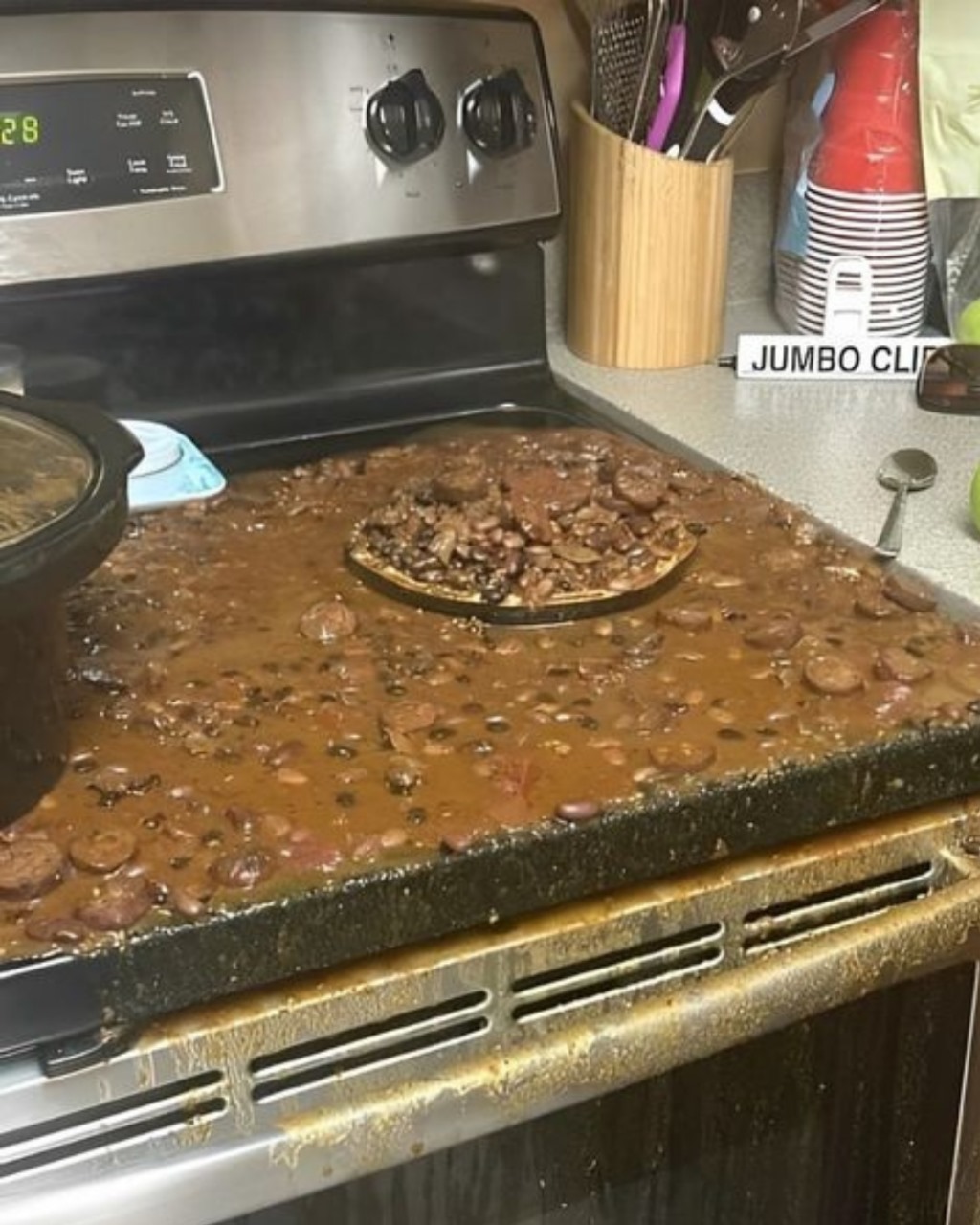ADVERTISEMENT
Why You Should Never Put Your Crockpot on the Stovetop: Understanding the Risks
Crockpots, also known as slow cookers, have become a staple in many kitchens. They make meal preparation easy by allowing you to throw in ingredients, set it, and forget it—perfect for busy days or large family gatherings. However, there’s one mistake that many home cooks make: placing a Crockpot on the stovetop. While it may seem harmless, this can be a dangerous move that could lead to damage to your Crockpot and even cause kitchen accidents. In this article, we’ll explain why you should never put your Crockpot on the stovetop and how to properly use and care for this kitchen appliance.
1. The Crockpot is Not Designed for Heat from Below
A typical Crockpot is designed to cook food with heat that comes from the sides and bottom of the pot, usually through the electric heating element. The base is intended to be heated gradually and evenly from the internal heating coils, not from an external heat source like your stovetop burner.
When you place your Crockpot directly on a stovetop, the direct, intense heat from the burner can damage its bottom or heating element. This heat can cause the internal components of the Crockpot to malfunction, rendering it ineffective and potentially shortening its lifespan. Additionally, the direct heat can warp the base, causing it to become unbalanced or even crack.
2. Risk of Melting or Warping the Bottom
Many Crockpots have plastic components on the base, such as the outer shell or the handles, which are not designed to withstand the high temperatures of a stovetop. If you place your Crockpot on a hot burner, you could cause these plastic parts to warp or melt. This could not only lead to permanent damage to the Crockpot but could also pose a safety hazard, especially if melted plastic comes into contact with food or burns.
3. Electrical Hazards:
Crockpots work by using electrical energy to heat the food inside, and the heating elements are designed to operate under specific conditions. When you place a Crockpot on the stovetop, the excessive heat from the burner could potentially damage the wiring or other electrical components inside the appliance. This could create electrical hazards such as exposed wiring or short circuits, which could lead to a fire or electrocution risk.
It’s important to always ensure that the Crockpot’s electrical components are kept far from any direct heat sources, including stovetops. Even if the Crockpot is turned off, exposure to high temperatures could lead to internal damage that may not be immediately visible but could lead to dangerous situations down the road.
4. Uneven Cooking and Burnt Food
One of the main advantages of using a Crockpot is its ability to cook food slowly and evenly over time. However, when placed on the stovetop, the direct heat from the burner can cause the bottom of the Crockpot to become too hot, while the rest of the pot may remain cooler. This leads to uneven cooking, where the food at the bottom may burn or stick, while the rest of the dish remains undercooked.
This defeats the purpose of slow cooking, where the goal is to maintain low, consistent heat over several hours to tenderize meats and meld flavors. Instead of slow-cooked perfection, you may end up with burnt food on the bottom and raw ingredients on top, which can result in an unsatisfactory meal.
5. Potential for Cracks or Damage to the Inner Liner
Most Crockpots come with a removable ceramic or stoneware inner liner that holds the food. These liners are specifically designed for slow, even cooking within the Crockpot. If you place the Crockpot on a stovetop, the direct heat can cause thermal shock, which may crack or break the inner liner. Once damaged, these liners are often difficult or impossible to replace, and you could end up needing to buy a whole new Crockpot.
6. Stovetop Heat is Not Regulated for Slow Cooking
Crockpots are designed to cook at low temperatures over extended periods. They have specific settings for high, low, and warm, which are optimized for slow cooking. Stovetops, on the other hand, are not designed for this purpose. They provide direct, focused heat, which can easily reach temperatures much higher than what a Crockpot is designed to handle. This not only risks overcooking or burning your food, but it can also make the Crockpot’s heating elements work harder than they’re supposed to, which may cause unnecessary wear and tear.
For Complete Cooking STEPS Please Head On Over To Next Page Or Open button (>) and don’t forget to SHARE with your Facebook friends
